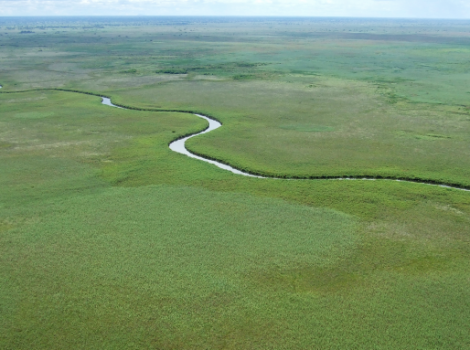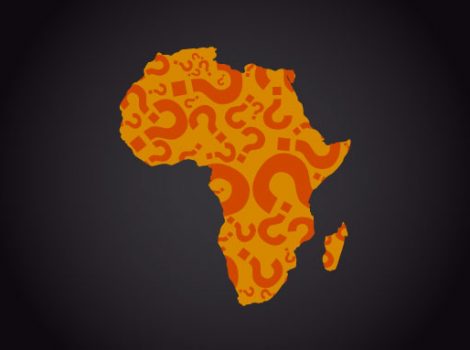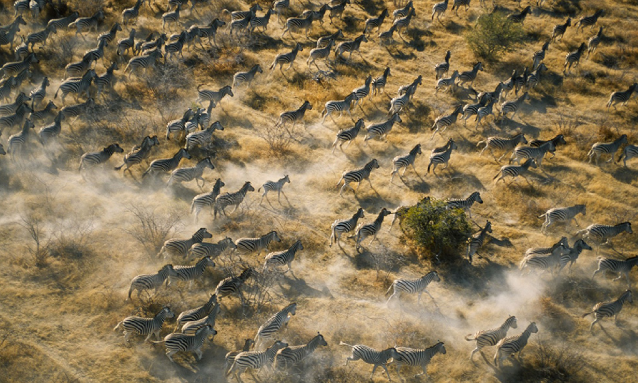
Botswana is a year-round destination with an enviable 300 days of sunshine a year but anyone planning a safari should take note of the monthly changes in weather and the effect this has on the country’s wildlife. For example, rainfall can trigger the zebra migrations, so an understanding of Botswana’s seasonal nature is essential if you want your game-viewing expectations to be met. If you are planning a Botswana safari, read on and choose the month that’s best for you:
January / February
These two months are together for a simple reason: they’re wet. Rumbling afternoon downpours soak the country while the wildlife is either hidden in thick vegetation or wanders off into the remote back country. It’s also hot and quite humid, though not tropical.
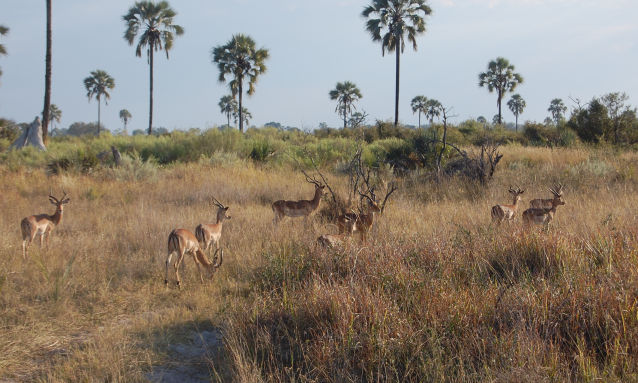
Despite this, a ‘Green Season’ Botswana safari can nevertheless deliver incredible game viewing and bird watching. Many antelope give birth (great for predators), migrations are in full swing and the bird watching is sensational.
Head for Botswana’s Kalahari parks – the Central Kalahari, Nxai Pan and Makgadikgadi Pans – to see migrating zebra, elephant and buffalo; the Chobe’s Savuti region is also great at this time.
March
Game viewing is heading to the mid-year peak as the rains ease and animals return to more accessible dry-season areas. Vegetation is still thick and temperatures are hot though not as baking as earlier in the year. However, with so much water lying everywhere, March means mosquitoes and bugs. Indeed, March and April are the months with the highest malaria risk, especially in the Chobe River/Zambezi region. Always discuss the risk with your travel clinic – the risk is highest in villages among local communities.
The Kalahari region is still worth visiting, and although it can be a bit hit and miss in Botswana’s other reserves, bear in mind that this is Botswana: there are always animals!
April / May
Arguably the best months to visit Botswana: expect an afternoon shower or two but most days are warm and the nights cool as the rain disappears for the next four months. The landscape is still green but seasonal waterholes are rapidly drying up and animals are arriving at permanent water sources like the Chobe River, Okavango Delta and Moremi Game Reserve.
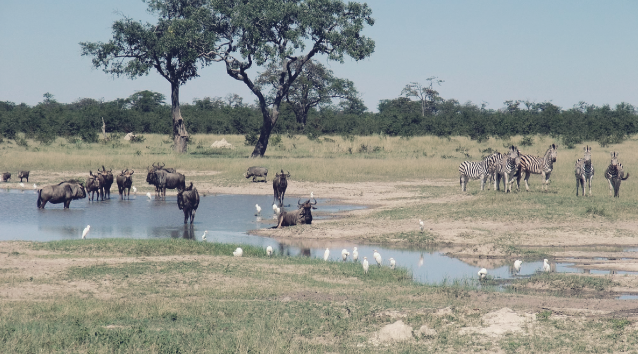
Poised just before peak season, this is a great time of year to go on a Botswana safari. You’ll get all the classic destinations but with fewer other visitors compared to the next few months. The game viewing is often as good as prime time and you could make big savings on accommodation.
June / July
Behind Botswana’s flawless blue winter skies lies a surprise: it’s cold. Admittedly, it’s not Siberia and by lunchtime, you’ll probably be in shorts and T-shirt and wondering what all the fuss was about, but nighttime temperatures can dip below freezing and you’ll be wrapped up in blankets on your early morning game drives. But there is no rain, very few mosquitoes and the game viewing is sensational.
Go to the Chobe National Park; the private Linyanti, Kwando and Selinda reserves; Moremi and the Okavango Delta – the latter destination is now in full flood and delivering great game viewing.
August
Temperatures are on the increase as are visitor numbers. But so are concentrations of game – peak game-viewing season has arrived. The thinned-out vegetation no longer hides everything, seasonal waterholes are empty and great herds of antelope, elephants and buffalo begin to crowd the banks of rivers and permanent waterholes while Botswana’s big predators stake them out.
Go the Chobe River and Savuti regions of the Chobe National Park; the Linyanti, Kwando and Selinda reserves; and the Okavango Delta, especially on its dry-land fringes in Moremi and adjoining private reserves.
September/ October
Despite being at the end of Botswana’s cool dry winter, September and October deliver some of the hottest weather of the year and an occasional thunderstorm. It’s classic dry-season stuff: baked and leaf-stripped landscapes; stifling days and sultry nights; and blinding sunshine.
Time to stay away? On the contrary: if you can handle the heat, game viewing at this time ranks among the best in Africa. Huge numbers of animals and their ever attendant predators are clustered around meagre water and grazing sources: you could enjoy once-in-a-lifetime sightings.
The Chobe River is unmissable at this time of year and it’s also the best time to go to the Linyanti, Kwando and Selinda reserves. Moremi Game Reserve and the private Okavango Delta reserves can be very rewarding as well.
November / December
The hot weather begins to cool down by the end of November and the first rains of the wet season begin to fall. Due to inaccessibility, some lodges close for the wet season from December to April, however, with the increasing accessibility of fly-in safaris, this is often no longer the case.
There are also the benefits of seeing newly-born calves and cubs, beautiful migrant birds and gorgeous green scenery. November and December are transitionary months that are not quite as hot as October but not as wet as January and February. There is also the benefit of getting great low season rates.
Source: go2Africa.com

